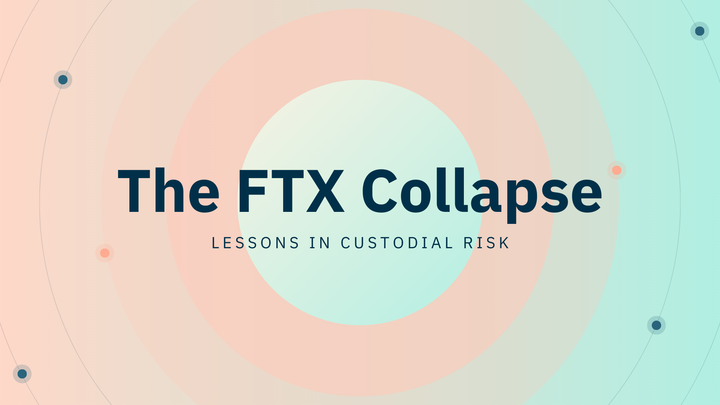Identifying Undervalued Altcoin Opportunities

The crypto market moves fast, and by the time a project hits the mainstream, most of the easy gains are gone. The real edge comes from spotting value before the crowd does. In this post, we’ll break down how to identify undervalued and evaluate their potential early on — before the hype kicks in.
How to Discover Mispriced or Overlooked Projects
Most undervalued tokens don’t look exciting at first glance — and that’s the point. They’re often overlooked, mispriced, or buried in ecosystems no one’s watching yet. Here are some ways to identify them:
- Low Market Cap, High Potential
Look for coins with low market caps but strong fundamentals. These tokens often lack visibility but can offer massive upside if the project delivers.
Example: Radiant Capital (RDNT) — started as a low-cap lending protocol on Arbitrum, later gained adoption and listings on Binance and other CEXs. - Early Ecosystem Plays
New chains, Layer 2s, or emerging niches (like ZK-rollups or AI-integrated protocols) usually have early-stage tokens that haven't gained traction yet. Getting in early can be high-risk but high-reward. Example: Velodrome (VELO) — launched with the Optimism ecosystem and saw explosive growth as Optimism gained traction. - Developer Activity
Use tools like GitHub, Token Terminal, or Artemis to see which teams are actively building. A token that isn’t trending but has regular updates is worth investigating.
Example: Kujira (KUJI) — quietly built out a DeFi suite post-Terra collapse and gained strong developer attention despite low market exposure. - Hype vs. Fundamentals
Compare social buzz with on-chain metrics. A project with low social chatter but growing users or TVL might be under the radar. Example: GMX — gained traction slowly through organic usage, even before major influencers mentioned it. - Token Unlocks and Vesting
Projects with upcoming unlocks often dip — but long-term fundamentals can still be strong.
Example: Aptos (APT) — faced initial FUD due to token unlocks, but attracted builders and ecosystem incentives that eventually boosted adoption. - Solving Real Problems
Niche protocols solving specific, real-world challenges often go unnoticed. Think decentralized storage, oracles, or specialized middleware.
Example: The Graph (GRT) — decentralized indexing isn’t flashy, but it's foundational to many dApps. It was undervalued early on relative to its utility.
How to Evaluate Altcoin Potential Before the Crowd
Once you find a project that looks promising, here’s how to assess whether it has long-term potential — before everyone else figures it out.
- Team and Vision
Is the team experienced and transparent? Are they solving a real problem or just cloning an existing project? Founders with a clear vision and track record matter. Look for doxxed, experienced teams with clear goals.
Example: Celestia (TIA) — the modular blockchain narrative was niche until the team’s vision of rollup-as-a-service gained traction. - Tokenomics
Understand the token’s role, distribution, and incentives.
Example: DYDX (dYdX) — designed a deflationary model with staking and rewards for traders that aligned long-term usage with token value. - Partnerships and Integrations
Look at the total supply, emission schedule, utility, and distribution. A good project with bad tokenomics can still fail. Does the token have actual use, or is it just a reward token? Look for real integrations, not hype.
Example: Chainlink (LINK) — steadily built partnerships with DeFi platforms, becoming the default oracle solution over time. - Community and Governance
Look for meaningful collaborations — not just hype announcements. Are they integrated with respected protocols or getting adopted in real ecosystems?Example: Arbitrum (ARB) — launched governance early with DAO participation and strong community involvement post-airdrop. - Roadmap Execution
A growing, organic community is a strong signal. If governance is active and the project listens to its users, it shows long-term commitment. Shipping consistently builds trust and adoption.
Example: Polygon (MATIC) — consistently hit roadmap milestones, including zkEVM and enterprise integrations, leading to mass adoption. - Liquidity and Listings
Undervalued tokens often start on small DEXs or low-tier exchanges. Watch for increasing liquidity or rumors of listings — they can be early catalysts. Example: Sui (SUI) — initially launched with limited exposure, but rapidly gained liquidity and listings across major exchanges..
Final Thoughts
Finding undervalued altcoins isn’t about chasing hype — it’s about research, patience, and thinking independently. If you study emerging ecosystems, evaluate token models, and focus on real-world utility, you’ll spot value where others see noise.
Not every project will moon — but you don’t need many. Just catching one or two early winners with strong fundamentals can make all the difference in your portfolio.



Comments ()